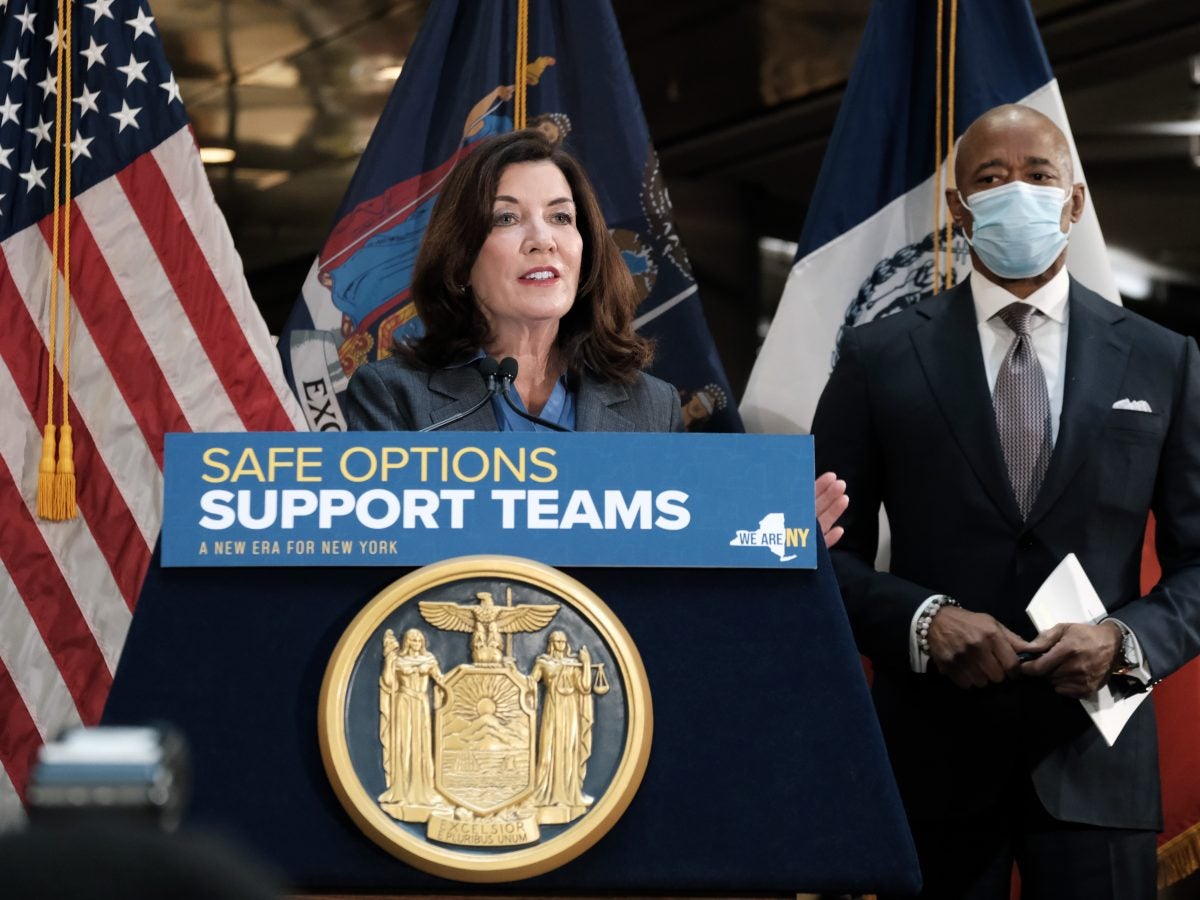
Last Thursday, newly minted Gov. Kathy Hochul signed into action a series of measures meant to combat discrimination and racism, including classifying racism as a public health crisis.
There is a targeted effort to address healthcare inequities in New York’s already stressed and strained system. Gov. Hochul’s measure to assess medical racism means that issues such as the maternal mortality crisis for Black mothers can become focal points for politicians and beacons of aid for those in need.
Other bills will focus on redefining what a hate crime is, formalizing how law enforcement collects and reports the demographic data of hate crime victims, and how said data, specifically with regards to Asian Americans and Pacific Islanders, can be now used by certain state organizations. Under Gov. Hochul’s new measures, the New York State Office of Technology Services will help state agencies improve their language translation technology.
With more than 700 languages and dialects, a lack of language translation services has not only impacted relations between the community and the police, but it has affected how residents vote and protect themselves against Covid-19.
“For far too long, communities of color in New York have been held back by systemic racism and inequitable treatment,” Hochul said in a statement on Thursday. “I am proud to sign legislation that addresses this crisis head-on, addressing racism, expanding equity, and improving access for all.”
Data released by the New York City Police Department on Dec. 5 found that hate crimes were up 100% year-over-year, including a 361% increase in anti-Asian hate crime incidents. President Joe Biden in April signed legislation directing the U.S. Justice Department to conduct a review of hate crimes, and advise state and local governments on how best to address the issue.
State senator Kevin Parker said he hopes the classification of racism as a public health crisis compels organizations and governmental agencies to focus on systemic solutions. “For decades, racial inequalities have caused mental, physical, and financial hardships for people of color,” he said. “These inequities have impacted how they live, the resources they have access to, and more importantly their quality of healthcare.”





